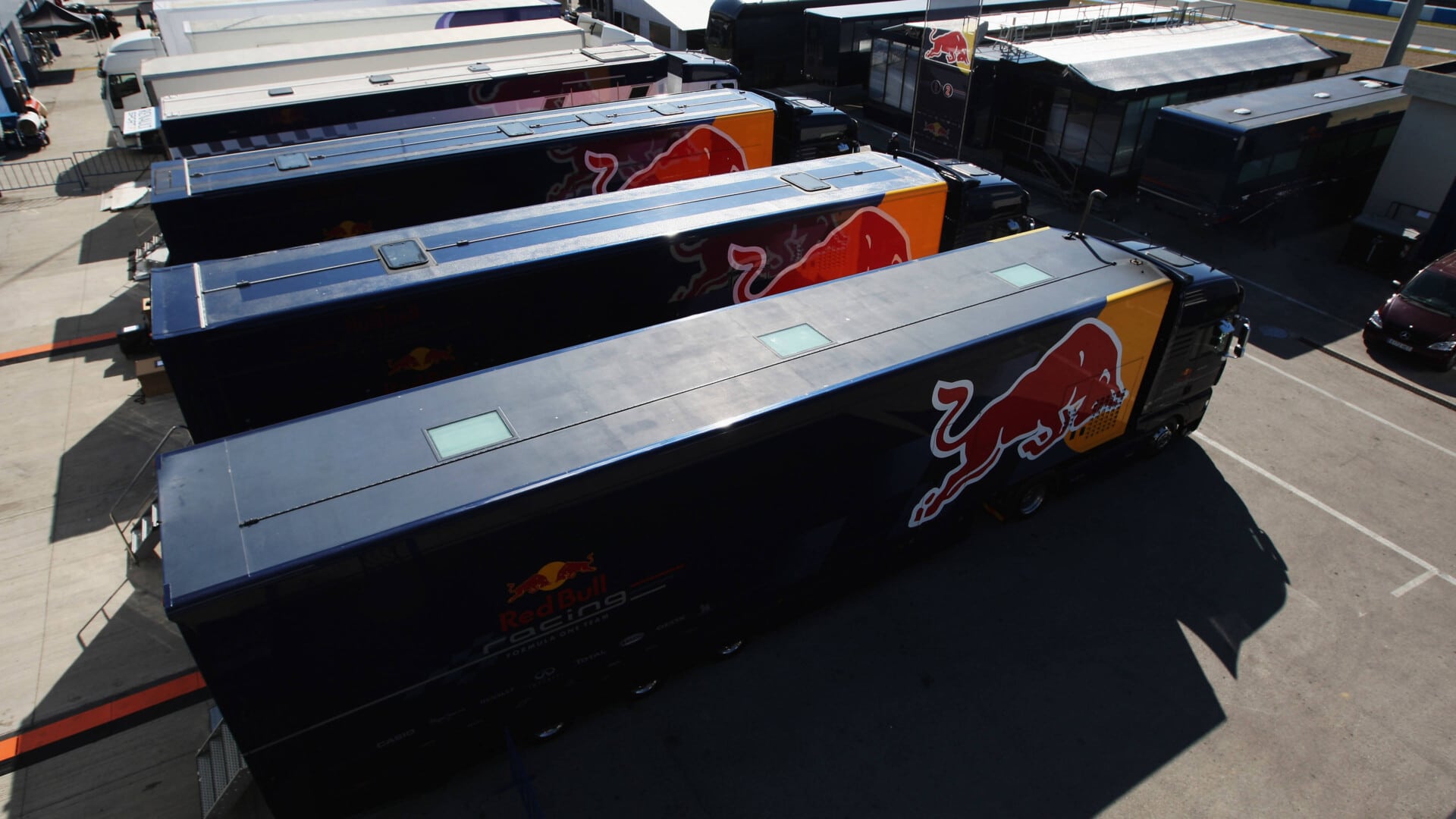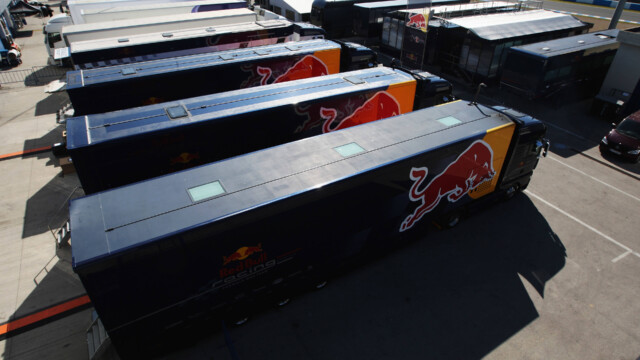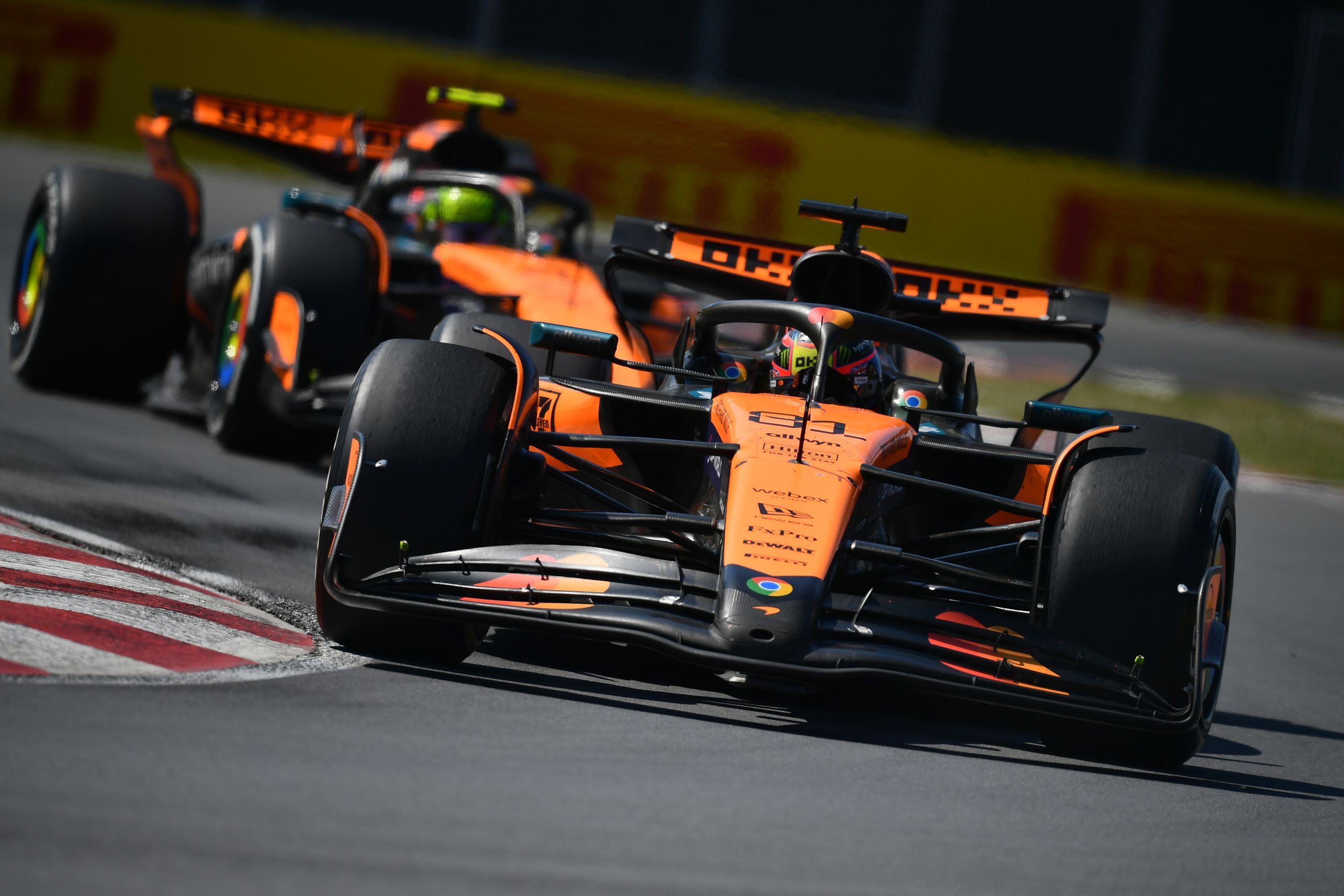Exploring the Global Reach of F1 Racing: How Do Formula 1 Teams Travel?


Formula 1 (F1) racing is one of the most popular and exciting forms of motorsport. It has a huge global reach, with millions of fans tuning in to watch the action. But how do the teams that take part in F1 racing travel around the world? In this article, we explore the different methods of transportation used by F1 teams and the logistics involved in transporting F1 cars.
What is Formula 1 Racing?
Formula 1 racing, or Grand Prix racing, is a motorsport where cars compete in races around the world. The cars are specially designed for racing, and each team has its own unique car. F1 racing has been around since the early 1950s, and today there are over 20 races held around the world each year. F1 racing is one of the most popular forms of motorsport, with millions of fans tuning in to watch each race.
What is the global reach of F1 Racing?
F1 racing has a global reach, with races held in countries all around the world. This includes countries in Europe, Asia, and the Americas. There are also races held in the Middle East. This means that F1 teams have to travel to different countries in order to compete in races. This requires a lot of planning and organization, and teams have to be prepared for any eventuality.
How do Formula 1 Teams Travel?
F1 teams have to travel to different countries in order to compete in races. This can be a complex process, as teams have to consider various factors such as time, money, and logistics. Teams typically travel via commercial airlines, although some teams may opt for private jets if they can afford them. Teams will also have to factor in the cost of accommodation and transport to and from the race circuits.
How Are F1 Cars Transported?
In addition to traveling to the different race circuits, F1 teams also have to transport their cars. This can be an expensive and complex process, as the cars have to be transported safely and securely. F1 teams typically use road and air transportation to move their cars from one race circuit to another.
What Kinds of Logistics Are Involved in Transporting F1 Cars?
Transporting F1 cars requires a lot of planning and organization. Teams need to consider factors such as time, cost, and safety. They also have to consider the logistics of moving the cars from one place to another. This includes the type of transport that is used, the route that the cars will take, and the time frame for the transport.
How Do Formula 1 Teams Ship F1 Cars?
F1 teams typically use a combination of road and air transportation to ship their cars. The cars are usually transported in specially designed containers, which are designed to protect the cars during transit. The containers are then loaded onto trucks or planes, depending on the type of transport that is being used.
What Are the Different Methods of Transportation Used by F1 Teams?
F1 teams typically use a combination of road and air transportation to move their cars from one place to another. Road transportation is typically used for short distances, while air transportation is used for longer distances. Teams may also use trains, ferries, and other forms of transportation, depending on the distance and complexity of the journey.
How Do Formula 1 Teams Stay Up-To-Date With the Latest Technologies?
F1 teams have to stay up-to-date with the latest technologies in order to remain competitive. This includes the latest advancements in transportation technology, such as the use of drones to transport F1 cars. Teams also need to keep up with the latest trends in logistics, such as the use of data analytics to optimize their supply chains.
What Can We Learn from F1 Teams’ Logistics?
F1 teams’ logistics can provide valuable insights for businesses and logistics providers. F1 teams are experts in the field of transportation, and they use the latest technologies and trends to optimize their supply chains. By studying the way that F1 teams transport their cars, businesses and logistics providers can learn how to optimize their own supply chains and transport operations.
The F1 Racing Calendar
The Formula 1 World Championship is a series of races held annually, with the season typically starting in March and ending in December. The calendar typically consists of around 21 races, held in countries all around the world, from Australia to Abu Dhabi, and from Brazil to Belgium. The races are held on a mix of circuit types, including street circuits, permanent circuits, and even some races on public roads.
The number of races held in different countries varies each year, but typically there are around 10-15 European races, 5-8 races outside of Europe, and 1-3 races in the Americas. This means that the teams are required to travel to a variety of different locations, each with their own unique challenges.
The logistics of traveling to so many different locations is a significant challenge for the teams. Not only do they need to transport their cars and equipment, but they also need to transport their team members, who can number up to several hundred people. The teams also need to consider the time zone changes, and the different weather conditions they will encounter at each location.
The Formula 1 Teams
The Formula 1 World Championship is contested by 10 teams, each with their own unique budget, infrastructure, and logistics operation. The top teams, such as Mercedes, Ferrari, and Red Bull Racing, have budgets in the hundreds of millions of dollars, while the smaller teams have budgets in the tens of millions of dollars.
The different ways teams travel to races vary depending on the team’s budget and resources. The top teams have their own charter flights and even their own airliners to transport team members, cars, and equipment to the race location. These teams also have dedicated logistics operations, with large fleets of trucks and personnel to transport everything to the track.
Smaller teams typically travel to the race location on commercial flights, and they may also use rental trucks to transport their equipment and cars. The costs and challenges associated with traveling can vary greatly between teams, with the top teams having much more resources at their disposal.
The Logistics of Traveling
The logistics of transporting cars and equipment is a significant challenge for the teams. The cars are incredibly sensitive and need to be transported with the utmost care, as even the smallest damage can affect the car’s performance on track. The teams also need to consider the logistics of transporting the cars to the track, as some circuits are located in remote areas, making it difficult to get the cars to the track.
The logistics of transporting team members is also a significant challenge for the teams. The teams typically travel with large numbers of personnel, including engineers, mechanics, drivers, and support staff. These team members need to be transported to the track, accommodated, and fed, which is a significant logistical challenge.
The role of air travel and charter flights is also important for the teams. Many teams use charter flights to transport their team members, cars and equipment to the race location. These flights are typically operated by specialized companies that have experience in transporting Formula 1 equipment. The use of charter flights allows teams to transport everything they need to the race location in a timely and efficient manner, without the hassle and restrictions of commercial flights.
In addition to air travel, teams also use ground transportation to get to the track. This can include rental trucks, buses, and even trains. The use of ground transportation is particularly important for teams when the race location is not easily accessible by air. For example, some races are held on street circuits in the middle of cities, making it difficult for teams to transport their cars and equipment to the track.
Overall, the logistics of traveling to so many different locations around the world is a significant challenge for the Formula 1 teams. It requires a combination of air travel, charter flights, and ground transportation to transport everything to the track on time and in good condition. The teams also need to consider the unique challenges of each race location, such as weather conditions, time zone changes, and accessibility, to ensure they are prepared for the race weekend.
Conclusion
Formula 1 racing is one of the most popular and exciting forms of motorsport. It has a huge global reach, with teams traveling to different countries in order to compete in races. In this article, we explored the different methods of transportation used by F1 teams and the logistics involved in transporting F1 cars. We also looked at how F1 teams stay up-to-date with the latest technologies, and what businesses and logistics providers can learn from F1 teams’ logistics.





